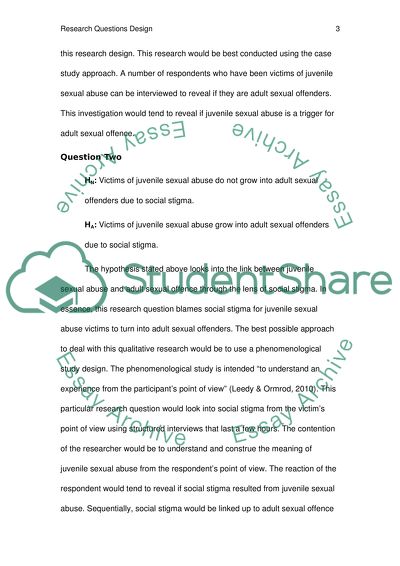Cite this document
(“Juvenile sexual abuse and the resulting adult sexual offences Assignment”, n.d.)
Juvenile sexual abuse and the resulting adult sexual offences Assignment. Retrieved from https://studentshare.org/sociology/1455380-juvenile-sexual-abuse-and-the-resulting-adult-sexual-offences
Juvenile sexual abuse and the resulting adult sexual offences Assignment. Retrieved from https://studentshare.org/sociology/1455380-juvenile-sexual-abuse-and-the-resulting-adult-sexual-offences
(Juvenile Sexual Abuse and the Resulting Adult Sexual Offences Assignment)
Juvenile Sexual Abuse and the Resulting Adult Sexual Offences Assignment. https://studentshare.org/sociology/1455380-juvenile-sexual-abuse-and-the-resulting-adult-sexual-offences.
Juvenile Sexual Abuse and the Resulting Adult Sexual Offences Assignment. https://studentshare.org/sociology/1455380-juvenile-sexual-abuse-and-the-resulting-adult-sexual-offences.
“Juvenile Sexual Abuse and the Resulting Adult Sexual Offences Assignment”, n.d. https://studentshare.org/sociology/1455380-juvenile-sexual-abuse-and-the-resulting-adult-sexual-offences.


